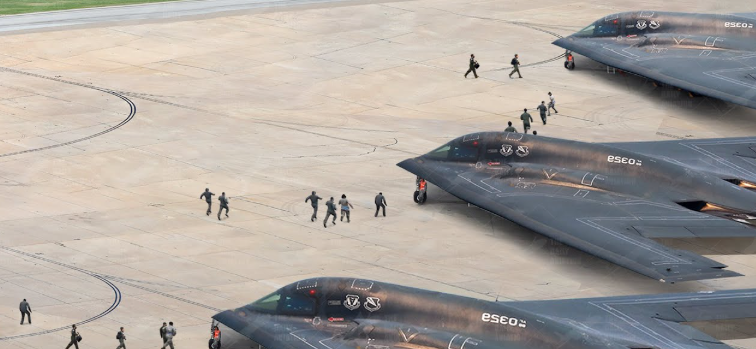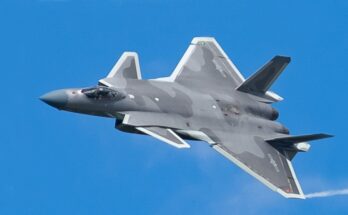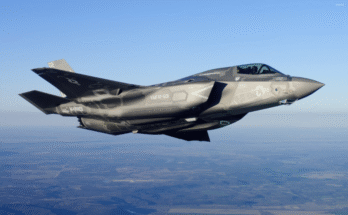June 29, 2025 | Washington, D.C. — The U.S. Air Force has revealed a sweeping series of technological enhancements to the Northrop Grumman B-2 Spirit stealth bomber, aimed at extending the aircraft’s relevance through the 2030s and ensuring it remains a cornerstone of America’s long-range strike capability until the B-21 Raider reaches full operational capacity.
The B-2, designed during the Cold War for deep-penetration missions into heavily defended enemy territory, is undergoing its most significant modernization cycle in decades.

Key Technology Upgrades
1. Defensive Management System Modernization (DMS-M)
The most significant software and hardware overhaul involves the DMS-M, a critical system that allows the B-2 to detect and respond to enemy radar threats. The upgraded system:
- Enhances situational awareness via real-time threat geolocation.
- Integrates with the aircraft’s electronic warfare (EW) suite to recommend evasive action or route changes.
- Is compatible with modern radar warning receivers (RWRs) and infrared countermeasures (IRCM).
This allows the B-2 to fly deeper into contested airspace with greater survivability.
2. Radar-Absorbent Material (RAM) Improvements
A next-generation coating process has been introduced for the B-2’s outer skin:
- The new RAM is more durable and requires less maintenance.
- It increases stealth effectiveness against emerging radar frequencies.
- The materials are also easier and faster to apply, reducing ground time and boosting sortie rates.
3. Precision Strike & Nuclear Integration
The bomber now supports a wider range of modern munitions:
- B61-12 Nuclear Bomb: The B-2 is the only stealth platform currently certified to deliver this modernized, precision-guided nuclear bomb, featuring a tail kit for low-yield, accurate strikes.
- JASSM-ER & AGM-158C LRASM: New integration allows the B-2 to carry standoff weapons that provide extended-range, precision strike capabilities against land and maritime targets.
4. Communications and Network Integration
Upgrades to communications systems now include:
- BACN (Battlefield Airborne Communications Node) compatibility, allowing the B-2 to serve as a data relay in joint-force missions.
- SATCOM Enhancements: Secure, beyond-line-of-sight communications that enable mission updates in-flight.
- Link 16 Capability: While the B-2 has traditionally avoided active datalinks for stealth reasons, a secure, low-probability-of-intercept mode is now tested for limited data sharing with F-35s, E-7A Wedgetails, and other allied platforms.
5. Navigation & Avionics Modernization
The B-2’s flight systems now benefit from:
- Inertial Navigation System (INS) Upgrades: Resilience against GPS jamming.
- Digital Cockpit Enhancements: Streamlined pilot workload with improved heads-up displays (HUDs) and touchscreen interfaces.
- Flight Software Updates: Boosted automation and route optimization for stealth ingress/egress.
Strategic Impact and Future Outlook
With fewer than 20 B-2s remaining in service, the Air Force has invested heavily in sustaining their capability until the B-21 Raider becomes fully mission capable, projected around 2027–2030.
According to Lt. Gen. Heath Collins, Air Force Program Executive for Bombers:
“These upgrades not only preserve the stealth edge of the B-2 but allow it to interoperate seamlessly with next-generation platforms. This is about more than extending lifespan—it’s about evolving the mission profile for future conflict.”
Experts say the enhancements will ensure the B-2 can operate in highly contested environments such as the Indo-Pacific or Eastern European theaters, where advanced integrated air defense systems (IADS) are rapidly proliferating.
Conclusion
The modernization of the B-2 Spirit underscores the U.S. Air Force’s dual-track strategy: keeping legacy systems at peak performance while fielding the next generation of stealth bombers. While the B-21 Raider is poised to take the spotlight later this decade, the B-2 remains a uniquely potent and versatile tool in America’s strategic arsenal.


